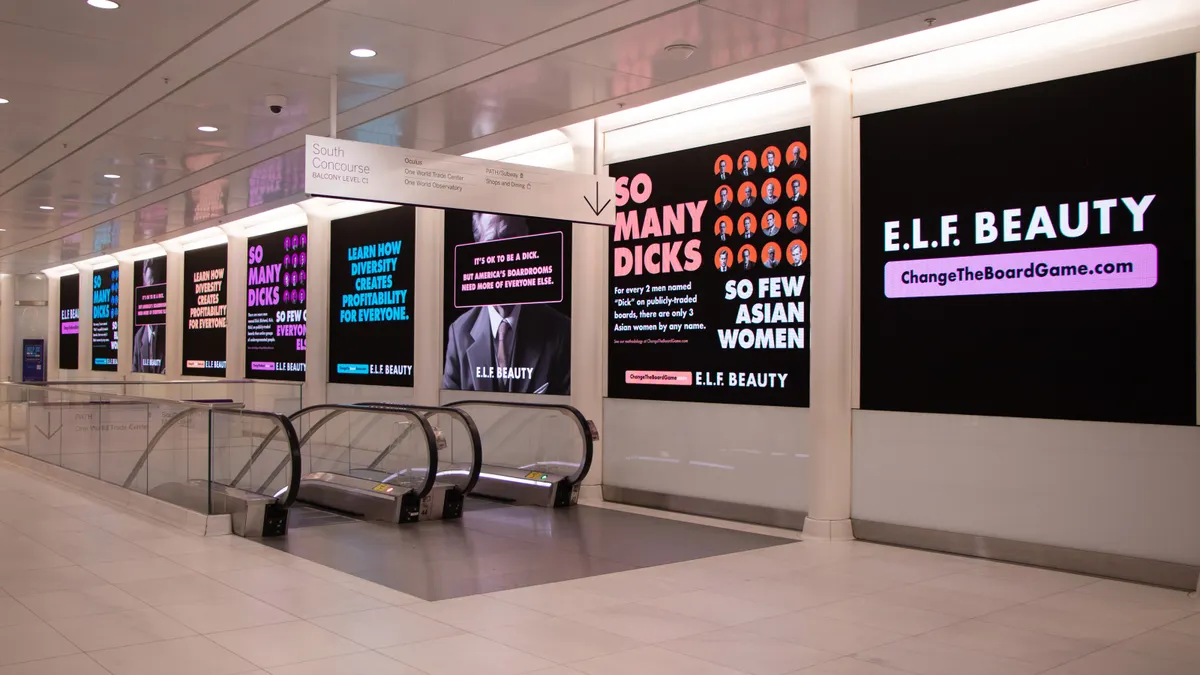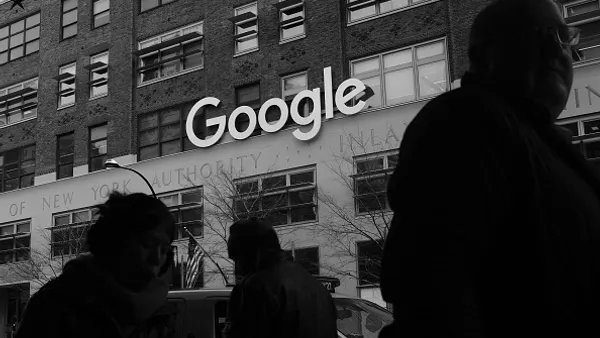Dive Brief:
-
Political campaigns are using mobile technology to reach voters beyond partisan rallies, mailings, phone calls and door knocking, according to a report in the Meadville Tribune. Using geofencing and geolocation technology, activists and campaigns can analyze global positioning or radio frequency to define a geographic area where ads and alerts are sent to people.
-
Smartphones ads are a better way to reach voters than broadcast television during the summer because they aren’t at home watching TV; they're outdoors with their smartphones, David Bergstein, national spokesman for the Democratic Senatorial Campaign Committee, told the Meadville Tribune.
-
Democrats and Republicans are using smartphones to reach voters this summer as the parties set the stage for the 2018 midterm race, but digital ads aren't as important in deciding elections as the candidate's strengths or weaknesses, Nathaniel Persily, a Stanford University law professor and former senior Research Director for the Presidential Commission on Election Administration, told the newspaper.
Dive Insight:
Ad spending doesn’t always translate into political victories. President Donald Trump demonstrated this in his win over Hillary Clinton last year, as Clinton's campaign outspent her rival almost two to one during election season, according to Bloomberg. However, political parties are recognizing that they need to reach audiences who are devoting a greater amount of time looking at smartphone screens, and especially young audiences who are often perceived as being far less likely to vote, especially outside of presidential elections.
Geofencing technology becomes especially useful in reaching audiences that are attending outdoor events. The national Democratic Senatorial Campaign Committee bombarded people who attended the Point Pleasant Sternwheel Regatta Parade in West Virginia with a six-second political video on their mobile phones, the Meadville Tribune reported. The message criticized Republican Congressman Evan Jenkins, the parade's grand marshal who may run against Democrat incumbent Sen. Joe Manchin, over GOP plans to replace Obamacare.
The National Republican Senatorial Committee in May ran a targeted ad on Snapchat and Facebook to appear as Democratic Sen. Bob Casey gave a commencement address at Penn State Law School, per the Tribune. The ad accused the former governor of being a career politician.
These campaigns demonstrate how mobile technology can be leveraged by brands to reach consumers — or, in these cases, voters — at highly-relevant times and places, possibly convincing them to enter a store (or a voting booth) on the fly. They also serve as just a couple of examples of how smartphones might be becoming the next political battleground for the hearts and minds of U.S. voters — a battleground which could be as contentious as TV, which has seen slipping ratings and, in recent years, experienced major shifts in ad spending habits.













